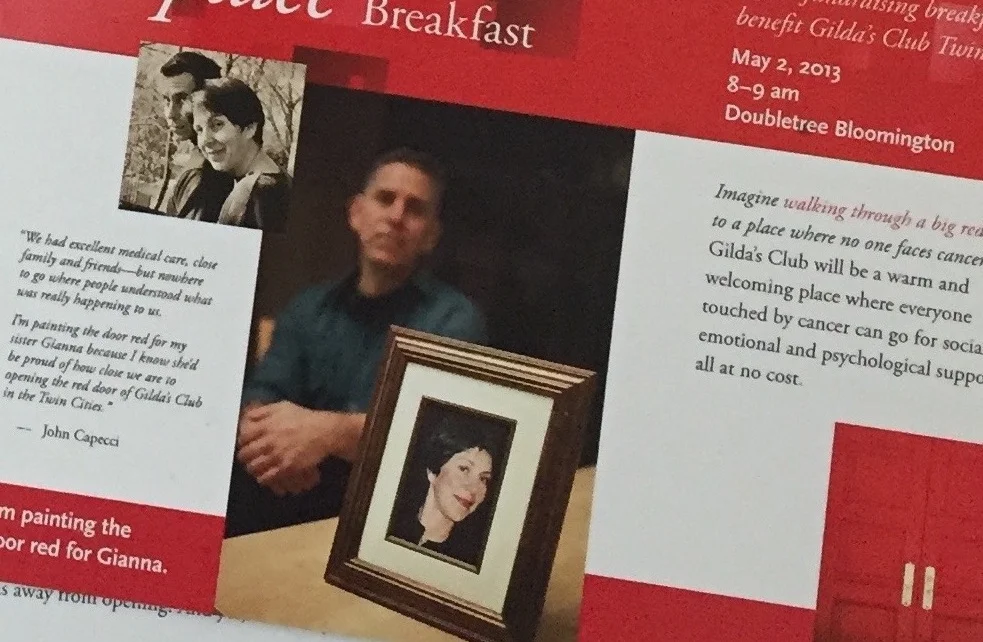“Pointing to the positive”—focusing your personal story on your positive advocacy goal rather than favoring the darker moments of your experience or dwelling on the negative—is one of the important Five Qualities of a Well-told Advocacy Story that form the foundation of the Living Proof Advocacy approach. Why is “pointing to the positive” so important?
Because our human nature is to focus on—and retain—negative experiences. That means we must amp up the positive ones. That’s the takeaway from “Bad Is Stronger than Good,” a 2001 article by social psychologist Roy F. Baumeister and three colleagues who offer the results of a compelling and exhaustive study that looks across a number of topic areas and shows that bad events and language often have a more powerful influence on us than good ones. Not that bad things are better than good, mind you; just stronger in how they impact our relationships and interactions, our emotional responses, how we learn and process information, and what we remember.
While some of us naturally tend to see the glass half-full when others see it half-empty, Baumeister’s study shows that humans generally:
pay more attention to and spend more time thinking about bad events than good ones.
find it easier to recall bad events than good ones.
tend to judge a person negatively the more negative the person’s communications.
The positive can prevail
So, when you share your personal stories as an advocate, you need to counteract your listeners’ human tendency to focus on and remember the darker, more negative aspects of your stories—by pointing to the positive.
Pointing to the positive sometimes can be tough, especially if you are so invested in making sure others understand an injustice that needs to stop, a problem that needs to be solved, or a suffering that must be alleviated.
Pointing to the positive can also be difficult if the experiences that drive an advocate to speak up arise out of trauma, loss, pain, anger or grief. Whether the experiences happened recently or not, the difficult moments can remain most present and clearly in mind, and we may feel it is important for listeners to hear and understand those moments. But successful persuasion occurs when we work to achieve a balance between pain and hope, problem and solution, dark and light—and especially when that balance tips toward the positive.
Our responsibility as advocates is to move things forward toward positive change; that includes moving the audience forward as well. If the stories we tell leave audiences in a dark or negative space, we will be less successful in achieving our advocacy goal.
Now, if it sounds a bit depressing to consider how focused on the negative we humans can be, here’s the hopeful summary provided by Baumeister’s team: “It may be that humans and animals show heightened awareness of and responded more quickly to negative information because it signals a need for change.”
You can move listeners toward that change by tipping the scales and pointing to the positive—the positive change in you and the positive change you want to see become reality.






